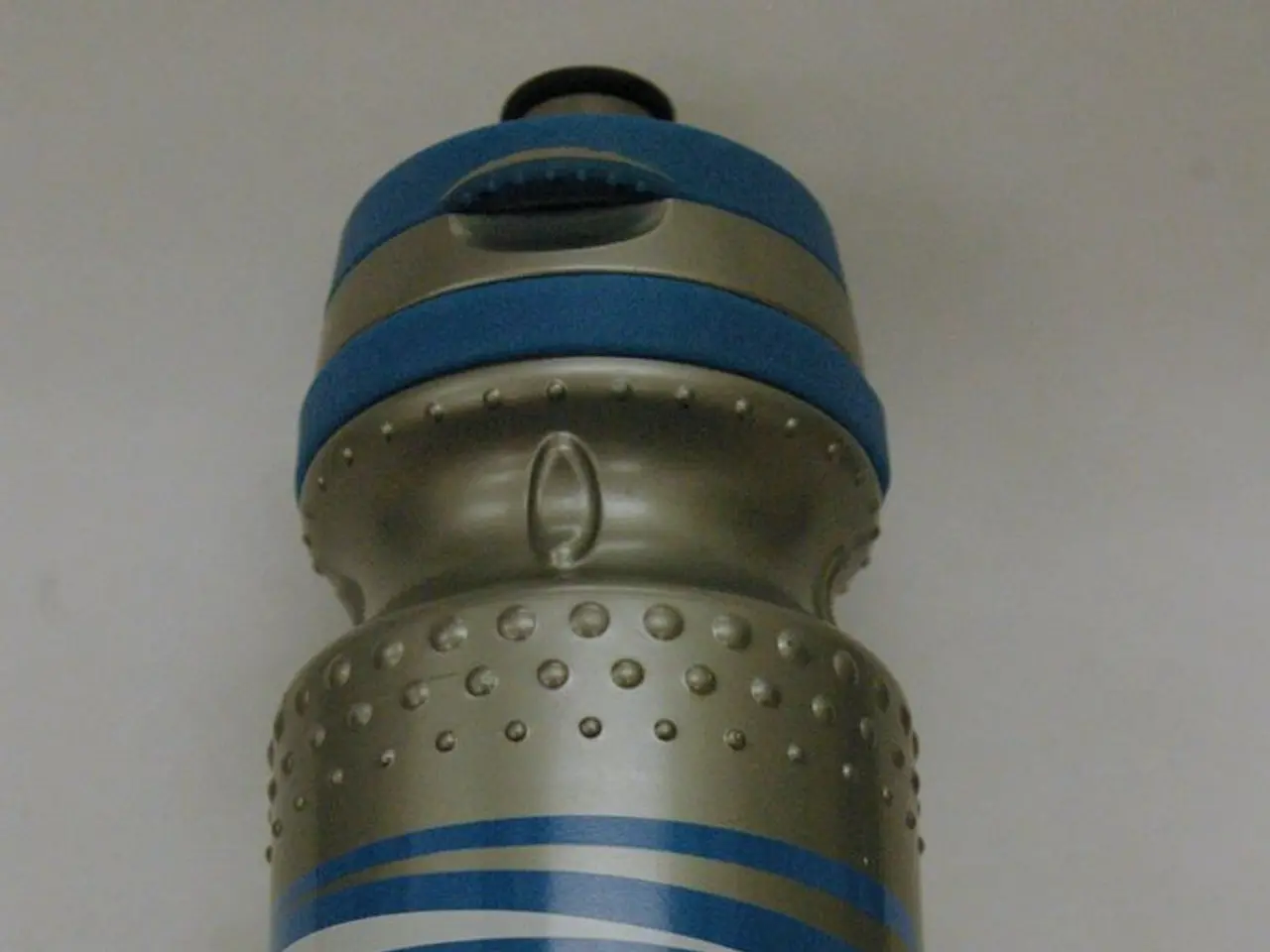Exploring the Role of Antipsychotics in Treating Depression: A Detailed Overview
In the ongoing quest to manage depression, healthcare providers and patients are increasingly turning to atypical antipsychotics (AAPs) as a valuable adjunct to traditional antidepressants. These medications, primarily designed to manage symptoms of psychosis, have found a significant role in depression treatment over the past few decades.
The development of second-generation or atypical antipsychotics in the 1990s opened new possibilities for their use in mood disorders. Today, the prevalence of antipsychotic use for depression has increased substantially. Among the top antipsychotics commonly prescribed for depression are aripiprazole, quetiapine, olanzapine, brexpiprazole, and risperidone, with lumateperone (CAPLYTA®) emerging as a promising new contender.
Atypical antipsychotics like lumateperone are approved for depressive episodes in bipolar disorder and are under FDA review as adjunctive treatment for Major Depressive Disorder (MDD), showing significant relapse prevention and improved symptom control compared to placebo. They are often used when standard antidepressants alone are insufficient, especially in treatment-resistant depression or depression with anxiety symptoms.
Compared to traditional antidepressants, atypical antipsychotics demonstrate somewhat distinct efficacy profiles, side effects, and patient outcomes. For example, CAPLYTA shows minimal weight gain, metabolic effects, or extrapyramidal symptoms (movement-related side effects) in short-term studies, with the most common adverse effects being somnolence, dizziness, nausea, and dry mouth. In contrast, selective serotonin reuptake inhibitors (SSRIs) and other antidepressants often have side effects such as sexual dysfunction, gastrointestinal upset, or increased risk of suicidal thoughts in young adults.
Combining atypical antipsychotics with antidepressants has been shown to improve outcomes in patients with treatment-resistant depression, often leading to better symptom control and reduced relapse compared to antidepressants alone. Their rapid onset of action in some cases, similar to ketamine/esketamine, is under investigation but not definitively established.
However, careful monitoring for adverse effects is essential. Encouraging open and ongoing communication between patients and their healthcare providers is crucial for optimal care, as patients should feel empowered to discuss concerns, report side effects, and actively participate in decisions about their treatment plan. Patient education and informed consent are also crucial components of care, as patients should be fully informed about the potential benefits, risks, and side effects of antipsychotic treatment.
In summary, atypical antipsychotics are a valuable adjunct to traditional antidepressants, especially when monotherapy is inadequate. They differ mechanistically, targeting both serotonin (5-HT2A) and dopamine (D2) receptors in a nuanced way, which may contribute to their benefits in mood regulation. However, long-term comparative studies are ongoing, and individual patient factors significantly influence treatment decisions.
References: - CAPLYTA (lumateperone) research and FDA status showing efficacy and side effect profiles [1][2]. - Latest psychiatric pharmacotherapy reviews highlighting adjunct use of atypical antipsychotics in depression [3][5]. - Clinical trials are underway to explore the efficacy and safety of antipsychotics in various depressive disorders and patient populations, refining treatment protocols and identifying predictors of response. - Antipsychotics primarily target neurotransmitter systems, particularly dopamine and serotonin, in the brain. - Challenges and controversies remain in the use of antipsychotics for depression, including concerns about long-term metabolic effects, the risk of tardive dyskinesia, and questions about the appropriateness of using these medications for non-psychotic conditions. - A growing body of research supports their efficacy, particularly when used in combination with traditional antidepressants. - Ongoing research is focused on developing new antipsychotic medications with improved efficacy and reduced side effects, targeting specific neurotransmitter receptors or combinations.
- In mental health treatment, therapies and treatments have expanded to include atypical antipsychotics, such as lumateperone, which show promising results in the management of mood disorders like depression.
- Science continues to uncover the role of neurotransmitters like dopamine in mental health and wellness, with atypical antipsychotics demonstrating potential benefits for mood regulation by targeting both dopamine and serotonin receptors.
- Mental health professionals often prescribe atypical antipsychotics when traditional antidepressants alone are insufficient for depression, particularly in cases of treatment-resistant depression or depression accompanied by anxiety symptoms.
- Nutrition and psychotherapy are integral aspects of holistic mental-health care, working alongside atypical antipsychotics and traditional antidepressants to optimize patient outcomes and manage symptoms of depression.
- Ongoing research in health-and-wellness and psychology is focused on developing new atypical antipsychotic therapies that are more effective with fewer side effects, targeting specific neurotransmitter receptors or combinations to improve depression treatment while minimizing adverse effects.




